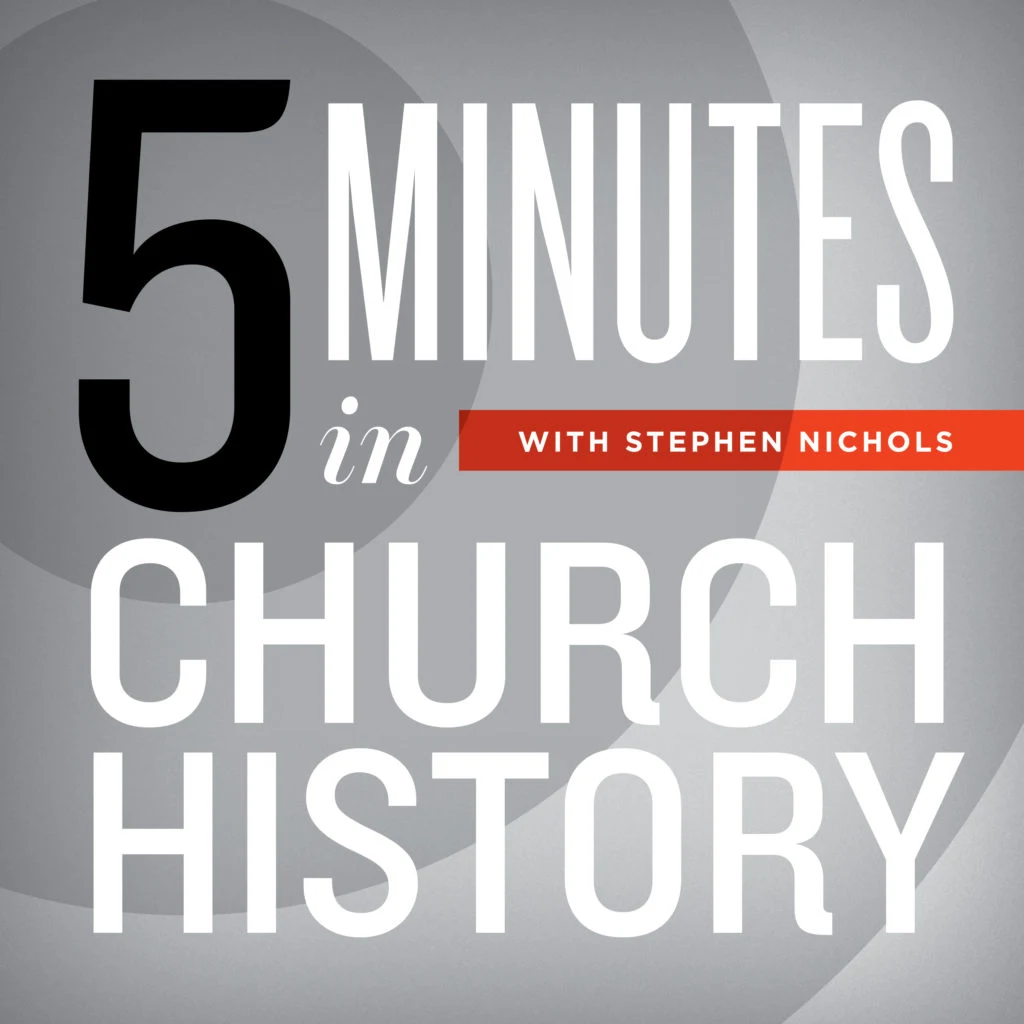Trending in the 13th Century

People love to hear about the latest trends. But what was trending in the 1200s? On this episode of 5 Minutes in Church History, Dr. Stephen Nichols looks at the people, places, and events of this momentous century.
We love to see what's trending today, don’t we? Well, we're going to see what was trending in the centuries in the past. We picked up this series a while ago and now we will return to it and look at what was trending in the thirteenth century. What a busy century, the 1200s were. Let's start with Francis of Assisi.
In 1209, Francis of Assisi made his way to the Vatican and petitioned the pope to start a new monastic order. He only had about a dozen monks with him, so the pope said something to the effect of, "I'll give you a temporary order, but come back. Let's see if this thing grows and we'll go from there." By 1210, it had grown, and all of a sudden it became the New Order of the Franciscans. This was an order of mendicant, or, “begging monks.” It was all built around Francis's regula primitiva, or, the “primitive principle.” Francis essentially said that we need to return to the simple life of Christ rather than advocating for the ostentatiousness and apparent wealth of the church. Francis was committed to establishing this mendicant order of the Franciscans.
Secondly, we have the crusades and the tragic Children's Crusade in 1212. It's a true tragedy from the pages of church history.
We also have the rise of Aristotle trending in the thirteenth century. Now, are you ready? I'm going to give you four “As”. The first of course is Aristotle, the great Greek thinker. The next is Averroes. Averroes was a Muslim scholar who died in 1198, just as the twelfth century was ending. He brought about a revival of Aristotle and translated much of Aristotle's writings from the Greek into the Latin. A number of those books ended up at the University of Paris, and there we bump into another “A:” Albertus Magnus.
Albertus Magnus lived from 1200 to 1280. He was a German-born scholar who spent many years at the University of Paris. He taught Aristotle to his star pupil, whose name was — and this is the last “A”— Aquinas. Yes, Thomas Aquinas dominated the thirteenth century. Born in 1225, he died in 1274.
So, what do we have so far? We've got Francis of Assisi, we've got the Crusades, and we've got Aristotelianism through Albertus Magnus and Thomas Aquinas. The next thing we have trending is the Salisbury Cathedral.
I have told you before that cathedrals were centuries in the making. That's true, but the one exception to that rule is the Salisbury Cathedral. The cathedral was started in 1220 and it was finished in 1258. There's another interesting piece about the Salisbury Cathedral, which we’ll return to in a moment.
What do you get when you put together twenty-five rebellious barons, one king, and one Archbishop of Canterbury? Well, you get the Magna Carta. On June 15, 1215, King John of England affixed his seal to the “Great Charter” or the “Magna Carta” at Runnymede Meadow. This Magna Carta was then copied, and some say there might have been as many as forty copies sent all over the land. One of those copies ended up at the Salisbury Cathedral. It is one of only four existing copies, and it is the finest of those existing copies.
One line from the Magna Carta says this, "First, that we have granted to God, and by this present charter have confirmed for us and our heirs in perpetuity, that the English Church shall be free, and shall have its rights undiminished, and its liberties unimpaired.” There you have it, trending in the thirteenth century was religious freedom in the Magna Carta.
Recent Episodes
A Little Church History of a Middle Colony: Early Influences
December 10, 2025|American Church History
Gunpowder and a Proclamation
December 3, 2025|Geographical Perspectives
Thanksgiving in Church History
November 26, 2025|American Church History
3 Sermons on the Hallelujah Chorus
November 19, 2025|General Church History
Charles Jennens’ Libretto
November 12, 2025|General Church History
Cyprian of Carthage: Crisis in the 3rd Century
November 5, 2025|General Church History
